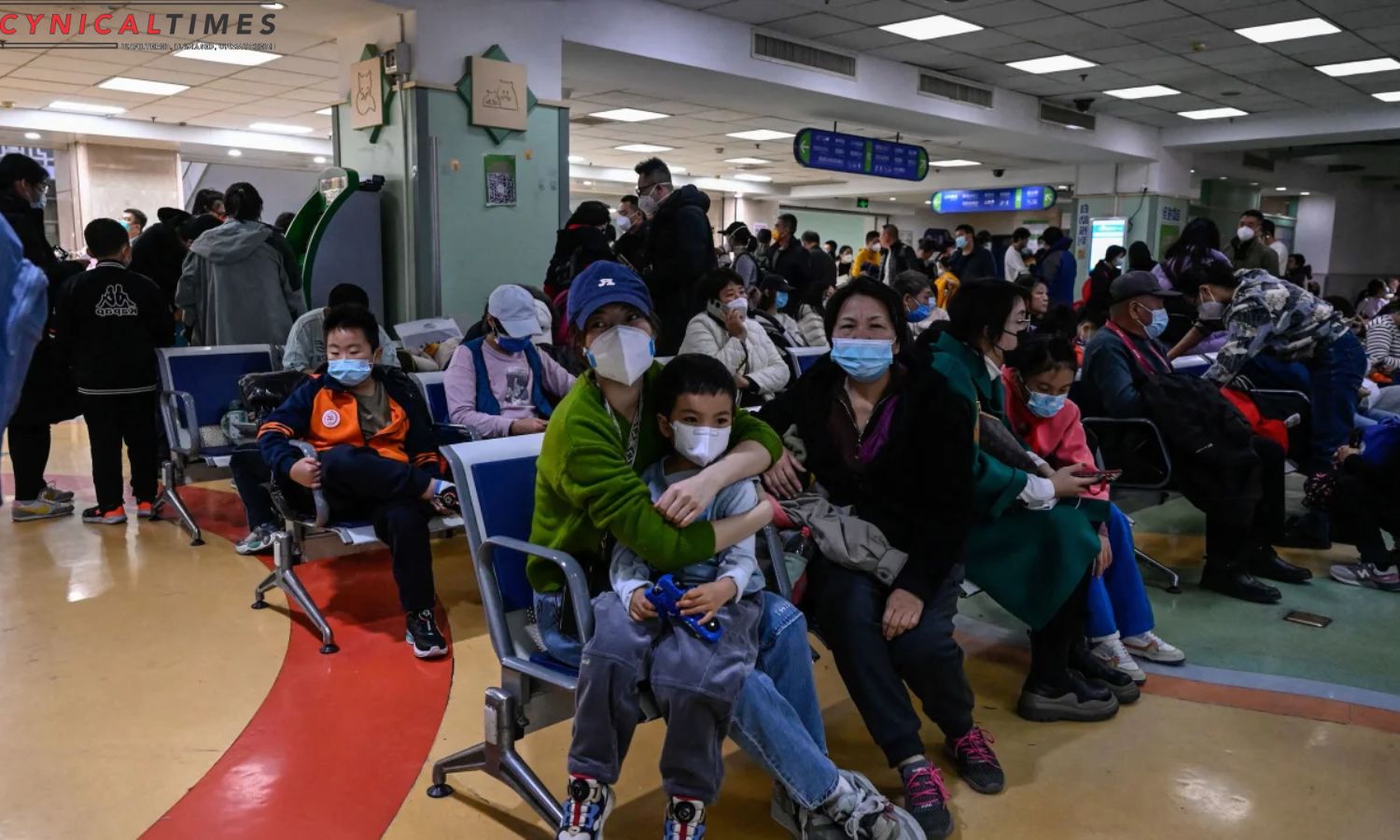China Pediatric Pneumonia Surge: Chinese health authorities assured the World Health Organization (WHO) on Thursday that the surge in pediatric pneumonia and respiratory cases in the northern part of the country is attributed to seasonal germs, not an unknown pathogen, WHO reported.
After seeking more details from China about the rise in pediatric illnesses, WHO held a teleconference with officials from the Chinese Center for Disease Control and Prevention and the Beijing Childrens Hospital. Chinese authorities explained that the increase is primarily due to Mycoplasma pneumoniae pneumonia, a treatable infection affecting younger children, along with rises in RSV, adenovirus, and flu cases since October.
These increases, although somewhat earlier than usual, are deemed “not unexpected” by WHO. Similar patterns occurred in other countries after the easing of Covid-19 restrictions, creating an “immunity gap” that heightened susceptibility to infections.
China’s zero-Covid policy, marked by strict lockdowns and mass testing, ended in December. Despite the spike in cases, Chinese hospitals are reportedly not overwhelmed.
WHO, monitoring data since mid-October, emphasizes enhanced surveillance of respiratory illnesses, and Chinese officials report no change in symptoms to suggest a novel virus. While advising public measures to curb infectious spread, WHO does not recommend altering travel plans to China.
Also Read: Tackling Tumors with TVA: The Secret Sauce in Meat and Dairy
Our Reader’s Queries
What is the new virus in China 2023?
According to Chinese media, the outbreak is being attributed to mycoplasma pneumonia, also known as walking pneumonia. This bacterial infection typically causes symptoms in the upper respiratory tract, but can also lead to more severe lung problems and pneumonia.
What are the symptoms of the Chinese flu?
This particular infection is self-limiting and shares similarities with other flu viruses. It often comes with pink eyes and a range of other symptoms, such as high fever, cough, sore throat, body and muscle aches, nausea, diarrhoea, and a runny nose.
What is the lung disease in China?
According to the China Pulmonary Health Study, which spanned from 2012 to 2015, nearly 100 million Chinese adults aged 20 years or older (8.6% of the general population) were diagnosed with spirometry-defined COPD. Shockingly, only 10% of these individuals had ever undergone a pulmonary function test.
What are the symptoms of pneumonia in China?
You may have heard of it as “walking pneumonia.” Its symptoms include cough, fever, shortness of breath, chest pain, and fatigue.

